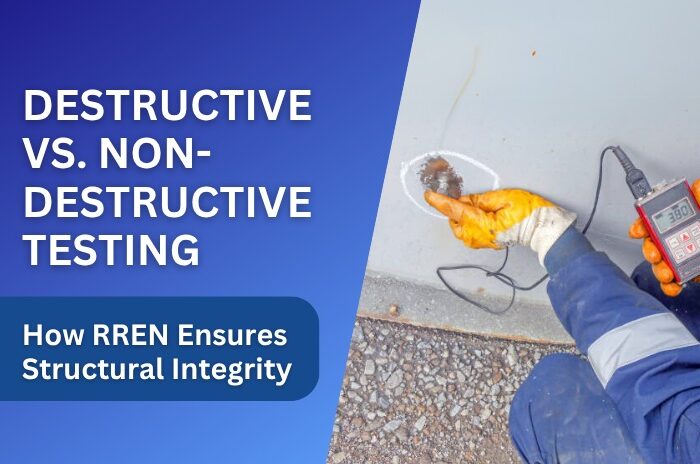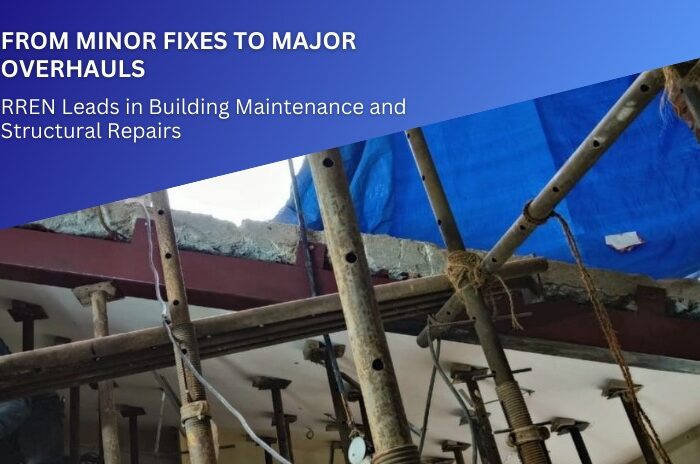A structural audit is a crucial process that assesses the health and safety of a building. Whether you’re a homeowner or a property manager, preparing your property for a structural audit can help ensure a smooth and efficient process. Here’s a guide to help you get ready.
1. Understand the Purpose of the Audit:
Before you begin preparing, it’s essential to understand why the audit is being conducted. A structural audit is typically performed to evaluate the integrity of a building’s structure, identify any potential weaknesses, and recommend necessary repairs or reinforcements. Knowing the purpose will help you take the necessary steps to ensure the right type of structural audit for the property.
2. Gather Relevant Documentation:
Prepare all necessary documents related to the property. This includes:
a. Building plans, Structural Models and blueprints: These provide the auditor with a clear understanding of the original design and any subsequent modifications.
b. Previous audit reports: If your property has undergone any structural audits in the past, having those reports on hand will give the auditor insights into past issues and repairs.
c. Maintenance records: Detailed records of any repairs, renovations, or maintenance work can be invaluable.
3. Inspect the Property Yourself:
Conduct a preliminary inspection of your property before the auditor arrives. Look for obvious signs of structural issues, such as:
a. Cracks in walls or ceilings: Even minor cracks can be a sign of underlying structural problems.
b. Water damage: Leaks, damp spots, or mold can indicate structural weaknesses, particularly if the water has penetrated critical areas like load bearing structural members like columns, beams, slabs and walls.
c. Rusting metal components: Corroded metal beams, supports, or fasteners can compromise the integrity of the structure.
Taking a note of these issues beforehand, if possible, can help streamline the audit process.
4. Clear Access to Key Areas:
Ensure that the auditor can easily access all critical areas of the property, including:
a. Basements
b. Attics and roof spaces
c. Utility areas and corridors (especially where structural elements like beams or load-bearing walls are located)
d. Exterior walls
5. Notify Occupants and Neighbors:
If your property is occupied, inform tenants or residents about the upcoming audit. This not only ensures that everyone is aware of the process but also helps in coordinating access to different parts of the property. If the audit involves inspecting shared walls or areas close to neighboring properties, consider notifying your neighbors as well.
6. Prepare for the Unexpected:
Even with the best preparation, audits can sometimes reveal unexpected issues. Be prepared for the possibility of the auditor recommending additional inspections, tests, or repairs. Having a contingency plan in place, including setting aside a budget for potential repairs, can help you handle any surprises smoothly.
7. Engage with the Auditor:
Finally, don’t hesitate to engage with the auditor. Ask questions, seek clarification on any findings, and request recommendations for necessary repairs or improvements. This proactive approach ensures that you fully understand the condition of your property and can take appropriate actions.
Conclusion:
Preparing your property for a structural audit doesn’t have to be a daunting task. By following these tips, you can ensure that the process is as smooth and efficient as possible, ultimately helping to safeguard the structural integrity and longevity of your property.
For professional structural audit services or further advice, feel free to contact our team. We’re here to help you every step of the way!











